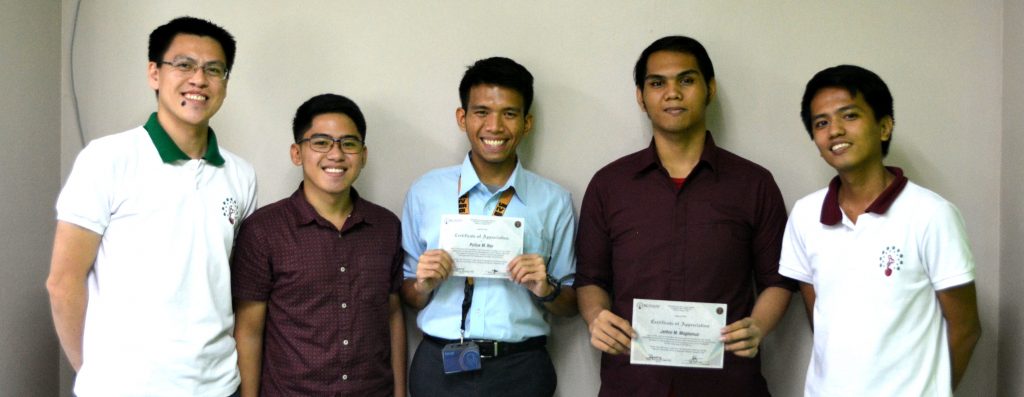ILC Diliman UVLê-arning the Ropes June 27, 2019 UVLê Youtube Tutorials by ILC Diliman The practice and field of pedagogy is ever-evolving. Learning is shaped by context, and since the emergence of the internet, learners have also evolved. The current youth are referred to as “digital natives” according to Prensky (2001). His forecast was rather accurate, as I have personally seen children aged 11-12 in my workshops effortlessly creating speeches, touching away on their iPads for research (their Achelles’ heel: spotty internet connections). The world itself is transitioning with technology at the forefront of change in professional endeavors. Internet access is also becoming a norm and is even encouraged as an actual human right (UN Special Rapporteur Report, 2011). Internet Growth in the Philippines (in Millions) source: Rappler’s BrandRap (2016) This exciting tech gap was filled with multiple infrastructures. To help facilitate cashless transactions, PayPal was developed in 1999 and is currently still the top-of-mind tech in the industry. Applications such as Slack and Trello helped ease workflows in corporations. In learning, Moodle was the pioneer choice for online education. In the University of the Philippines Diliman, we have adapted the Moodle system as UVLê; the University Virtual Learning Environment. With over 474 courses built by teachers in the past year alone, its active pool of resources caters to many types of learners. The professors and instructors involved can then adjust their content accordingly. From personalizing forums and quizzes to embedding media, UVLê is a consistent partner for learning. These widgets are just a small chunk of the UVLê The challenge, therefore, comes in the transition. The users are undoubtedly quick adaptors in the receiving end of the service. The problem is that many instructors are still learning the ropes. With new updates pouring in every year, UVLê can appear challenging. The overwhelming features can put off new teachers who want to move to the digital classroom. In line with this challenge, the Interactive Center Diliman (ILC) has launched its video series on Youtube entitled, “UVLê Self Help Videos”. The entire playlist consists of 19 exclusive videos from a quick background on interactive learning to the more advanced features of the platform. Still confused with the buttons and forms when editing?Check out Course Number 9: Basic Elements of a Course Page The best part: the entire series has recorded the step-by-step procedure for set-ups! ILC Diliman hopes that this initiative can assist and encourage new faculty to answer the challenge of digital migration for a better, more interactive, and more efficient way in handling learning outcomes in the university. You may access the full series here! For more information, give us a call at 920-9556 or send a ticket to https://helpdetsk.ilc.upd.edu.ph/.




